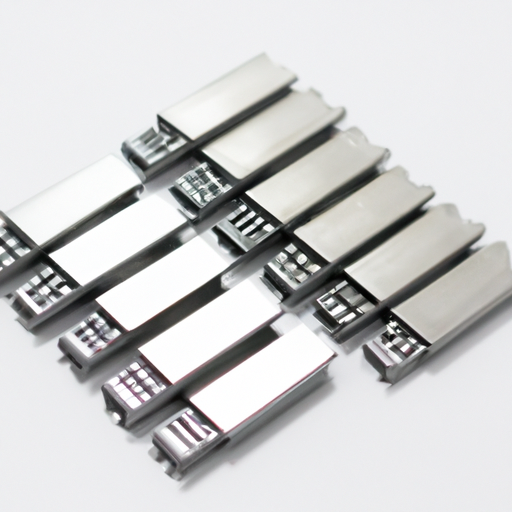Core Functional Technologies of Chassis Mount Resistors
| 1. High Power Handling | |
| 2. Thermal Management | |
| 3. Precision and Stability | |
| 4. Durability and Reliability | |
| 5. Low Inductance | |
| 1. Power Supply Circuits | |
| 2. Motor Control Systems | |
| 3. Automotive Applications | |
| 4. Industrial Equipment | |
| 5. Telecommunications | |
| 6. Test and Measurement Equipment |
Application Development Cases
Conclusion
Chassis mount resistors, exemplified by the CFR-25JB-52-1M, are essential components across a wide array of electronic applications. They provide critical functions such as current sensing, voltage division, and load balancing, making them invaluable in power supplies, motor control systems, automotive electronics, industrial equipment, telecommunications, and test and measurement devices. As technology advances, the demand for reliable and efficient chassis mount resistors will continue to grow, driving innovation and development in this vital component category. Their high power handling, durability, and precision ensure they remain at the forefront of electronic design and application.






